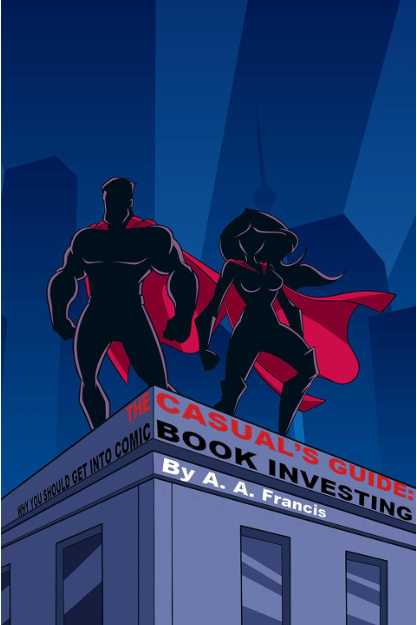Behind the Scenes: Shocking Real-Life Inspirations for Your Favorite Comic Book Characters
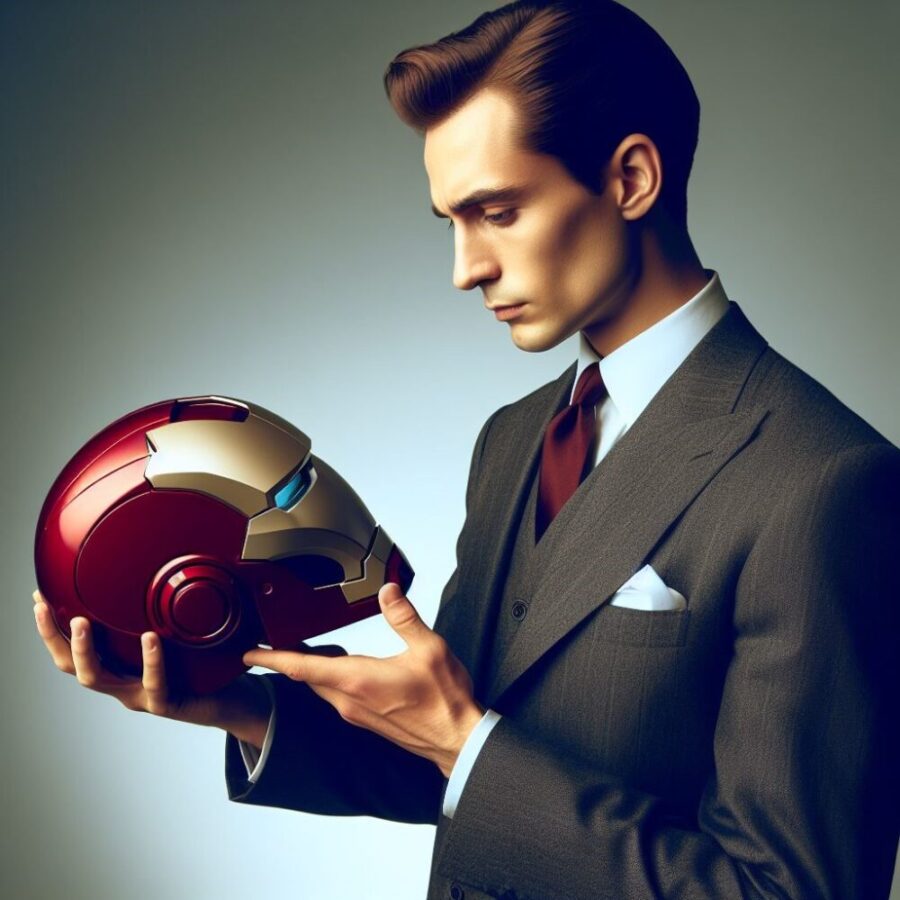
DALL-E
Inspiration does not just spontaneously happen. Especially when comic book creators create new characters. Comic book characters are often a Frankestein-like amalgam of diverse influences, inspiration, and sources that help creators finalize their design.
The aesthetics and personalities of your favorite comic book characters were inspired by celebrities, personal ideas, and sometimes even tragedy. Legendary musicians Davide Bowie and Sting inspired the look of some very popular comic book characters. An actor from the silent movie era inspired the aesthetics for the greatest comic book villain in history.
That is the tip of the iceberg. Read on to learn more about the shocking real-life inspirations for 10 of your favorite comic book characters.
Iron Man Was Creatively Based on Billionaire Industrialist Howard Hughes
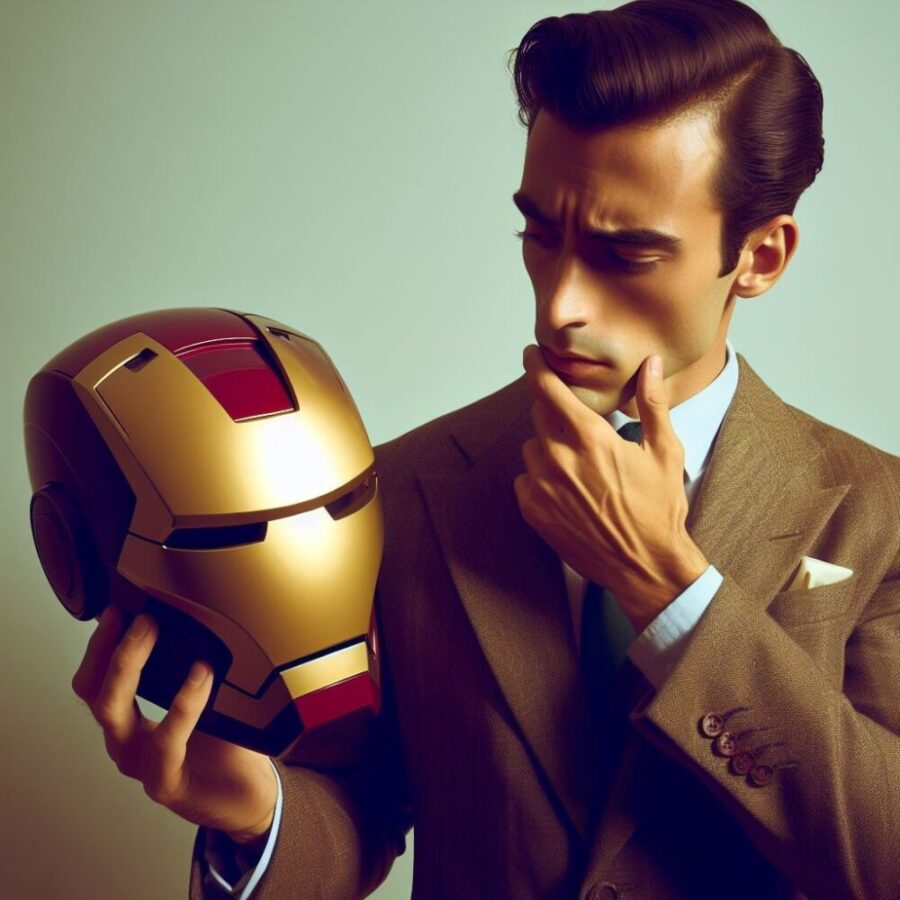
DALL-E
Howard Hughes was a 20th-century billionaire industrialist, inventor, engineer, entrepreneur, and inventor. Brilliant and emotionally troubled, he was the cultural equivalent of Elon Musk in his era. Stan Lee created Tony Stark in 1963’s Tales of Suspense #39. The entire persona, facial aesthetics, wealthy playboy lifestyle, and inventor philosophy of Tony Stark were modeled after Hughes. Dominic Cooper and John Slattery portrayed young and older versions of Howard Stark, respectively, in the MCU. Stark’s father was named after Hughes.
Hughie From The Boys Was Modeled After Young Simon Pegg

DALL-E
Characters like Billy Butcher, Homelander, Soldier Boy, and Hughie are wildly popular because of the streaming show The Boys. It is based on the 2006 comic book created by writer Garth Ennis and artist Darick Robinson. Ennis and Robertson modeled one of the most tragic comic book characters, Hughie, played by Jack Quaid, after English actor Simon Pegg. Hughie is modeled on the aesthetics of a younger Pegg on his show Spaced. Pegg even played Hugie’s father in the series.
Harley Quinn Was Literally and Inspirationally Modeled After an Actress in a Soap Opera
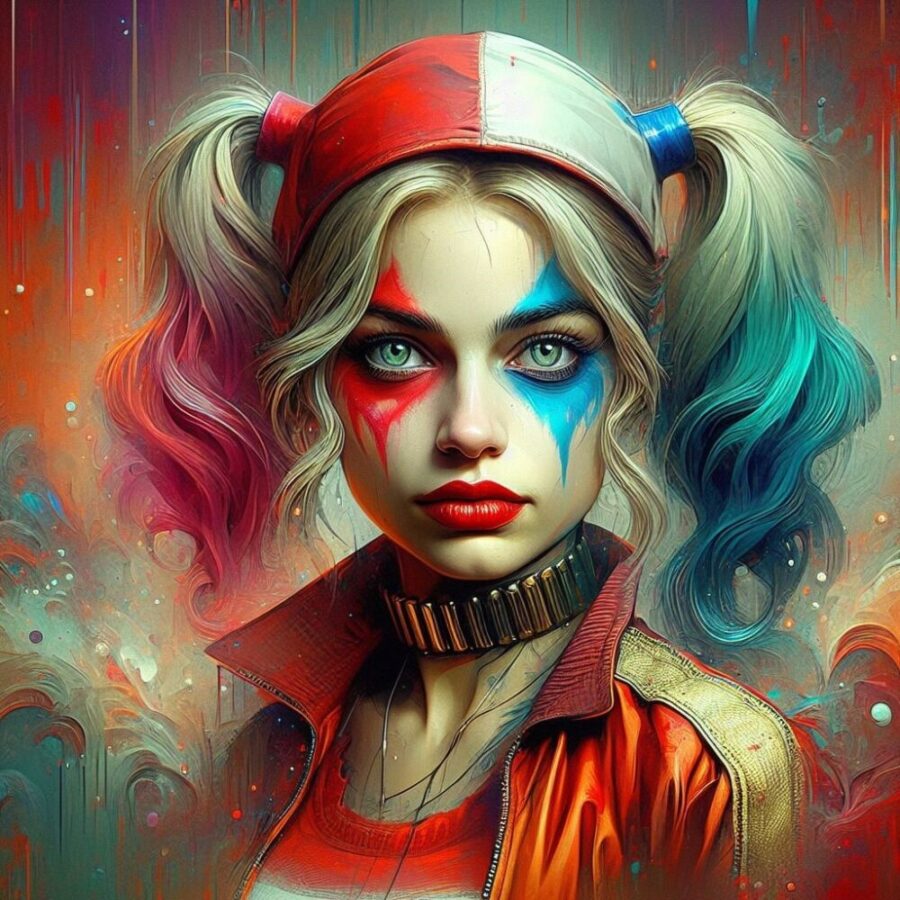
DALL-E
Harley Quinn debuted on a 1992 episode of Batman: The Animated Series called “Joker’s Favor” first before transitioning to comics years later. Writer Paul Dini saw actress Arleen Sorkin on a soap opera dressed in a court jester outfit with clown makeup and was enthralled by her bubbly personality. He then hired Sorkin to voice Harley in the cartoon and imbue the character with a quirky persona. Harley Quinn is one of the most popular comic book characters ever due to Sorkin’s real-life jovial personality.
John Constantine Was Modeled After Sting
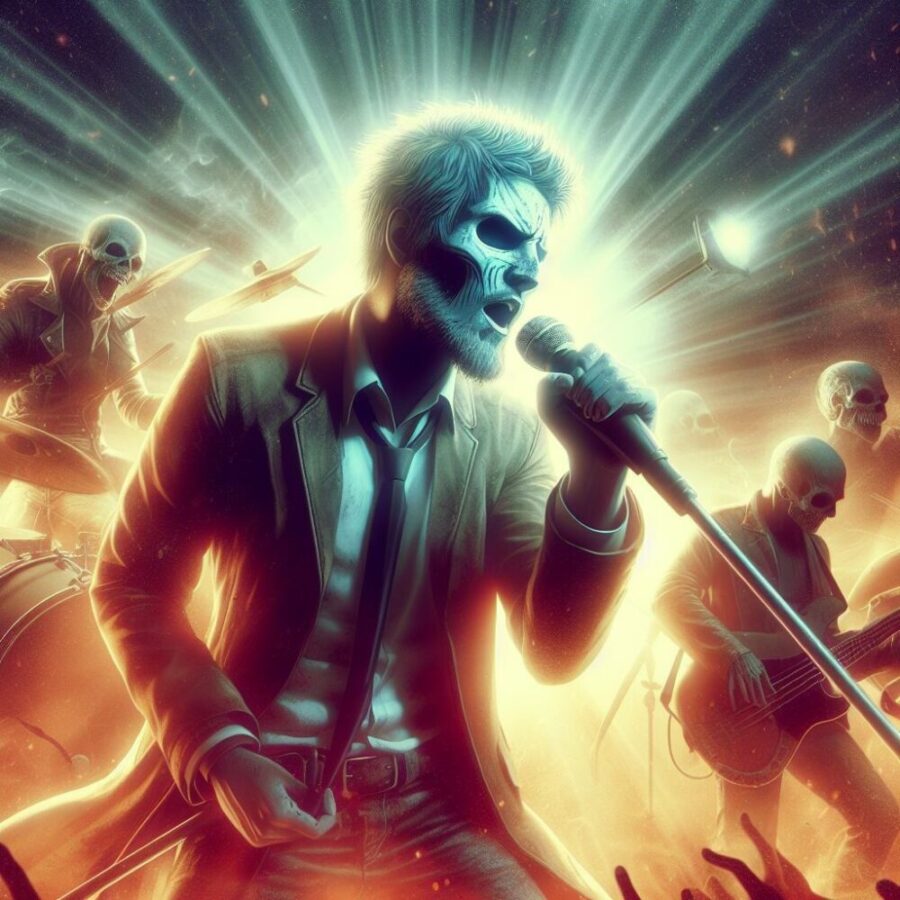
DALL-E
Sorcerer, occult detective, con man, and all-around sketchy dude John Constantine made his first appearance in Swamp Thing #37 in 1985. The character had a comic fandom cult following in the ’90s and 2000s that became mainstream after actors Matt Ryan and Keanu portrayed Constantine in TV and film respectively. Writer Alan Moore co-created the character. He said that his artist colleagues, John Totelben and Steve Bissette were keen to create a character with the aesthetics of musician Sting. Constantine solely exists because the artists had this creative desire.
Neil Gaiman’s Lucifer Was Based on Young David Bowie
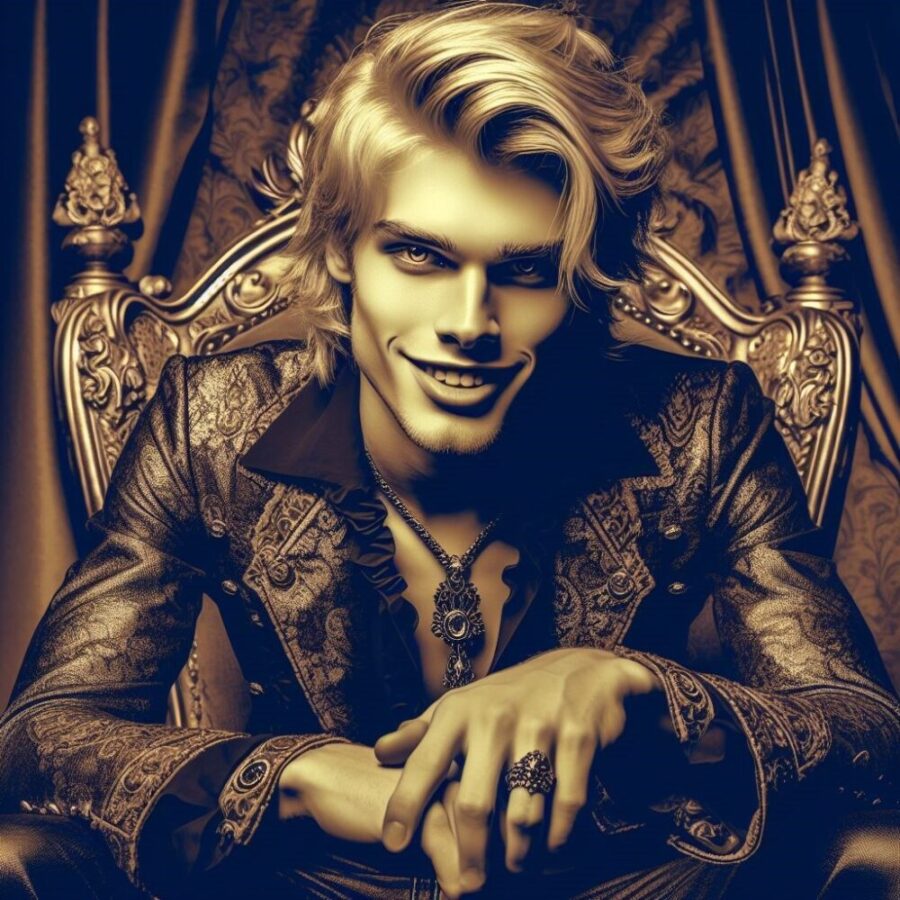
DALL-E
Lucifer Morningstar, the Devil, is a character who originated in the Sandman fantasy comic book written by Neil Gaiman. Actors Tom Ellis and Gwendoline Christie have both portrayed Lucifer in live-action TV and streaming shows. However, Gaiman stated in a Chicago Tribune interview that the aesthetic inspiration for his Lucifer character was young David Bowie. Gaiman commented that if anyone could personify the aesthetics of a Lord of Hell, it was young David Bowie.
The Joker’s Appearance is Based on an Actor in a 1928 Silent Film
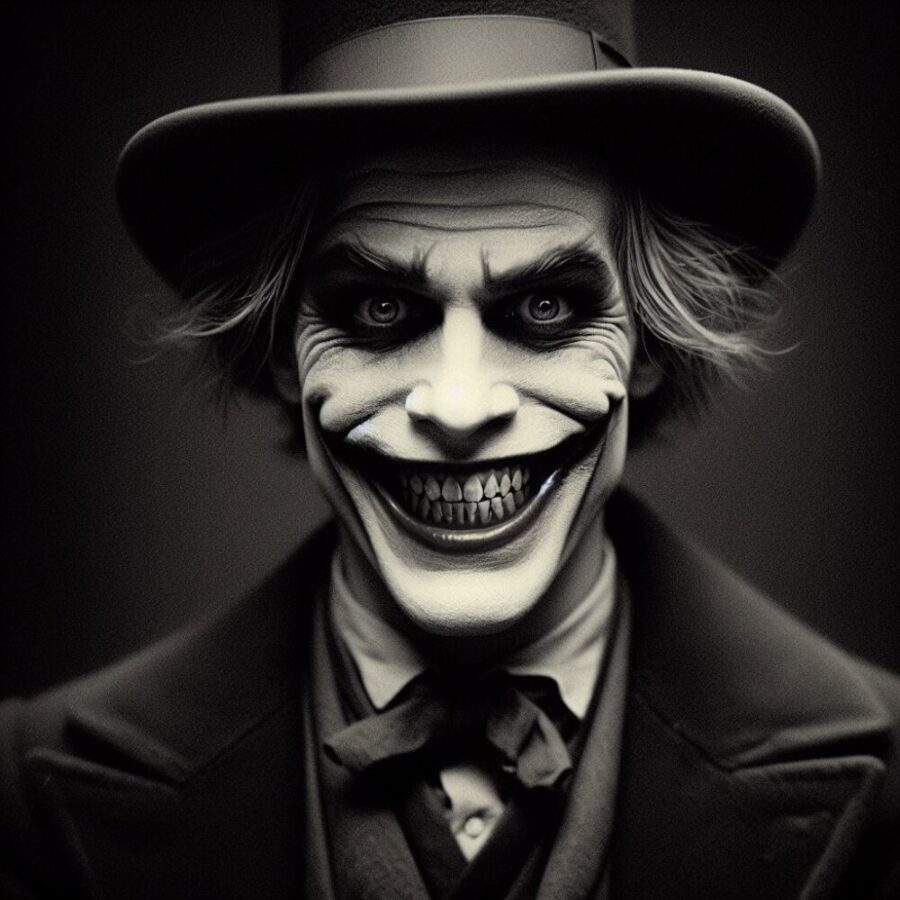
DALL-E
The Man Who Laughs is a silent film from 1928. It’s one of the earliest Hollywood films and one of the last silent films before Hollywood transitioned to sound. One character, Gwynplaine, played by Conrad Veidt, is horribly disfigured and left with a permanently creepy rictus grin. He has a receding hairline and devilish eyes that evoke dread in those who see him. In 1940, the creators of Batman, Bill Finger, Bob Kane, and Jerry Robinson, modeled the entire look of the Joker after Gwynplaine.
J. Jonah Jameson Is an Angry Cariacuture of Stan Lee
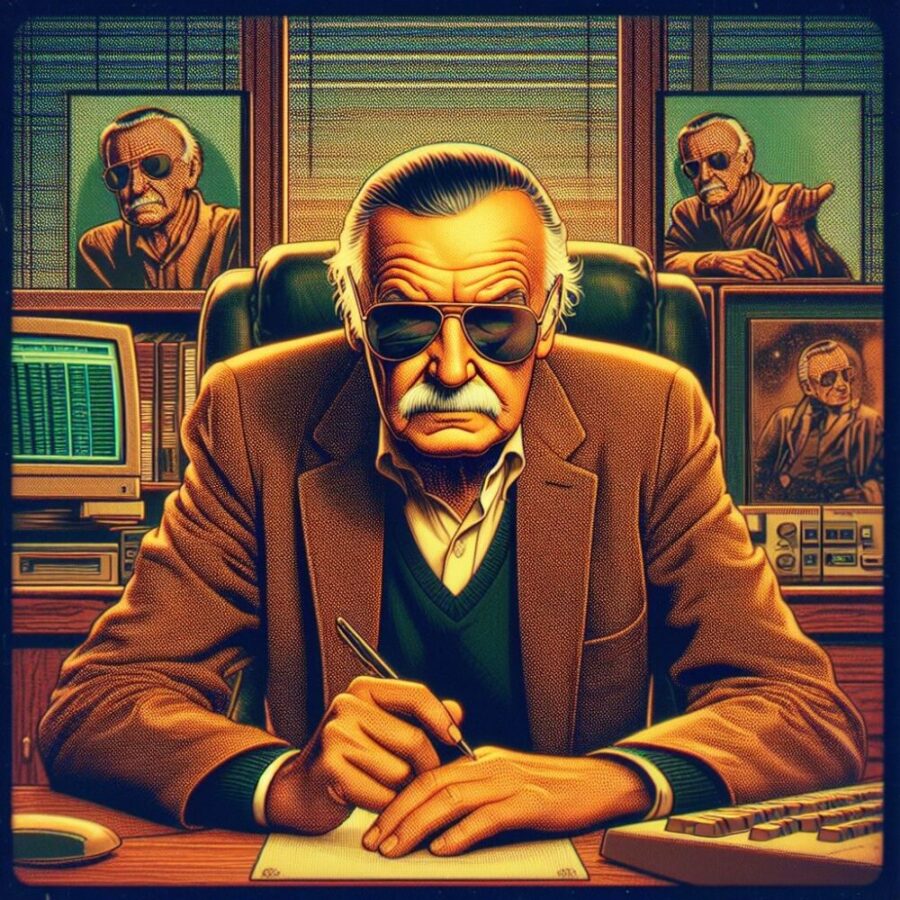
DALL-E
J. Jonah Jameson is the cantankerous, grumpy, rude, and penny-pinching boss of Peter Parker at the Daily Bugle. The character has been prevalent in TV shows, cartoons, video games, and films since the 1960s. Actor J.K. Simmons is famous for personifying the character in films since 2002. The character was created by Stan Lee and Steve Ditko in 1963. Lee said in a 2010 NPR interview that Jameson was created to be an exaggeratedly angrier version of himself.
DC’s Stargirl Was Imbued With The Personality of Geoff Johns’ Sister Courtney
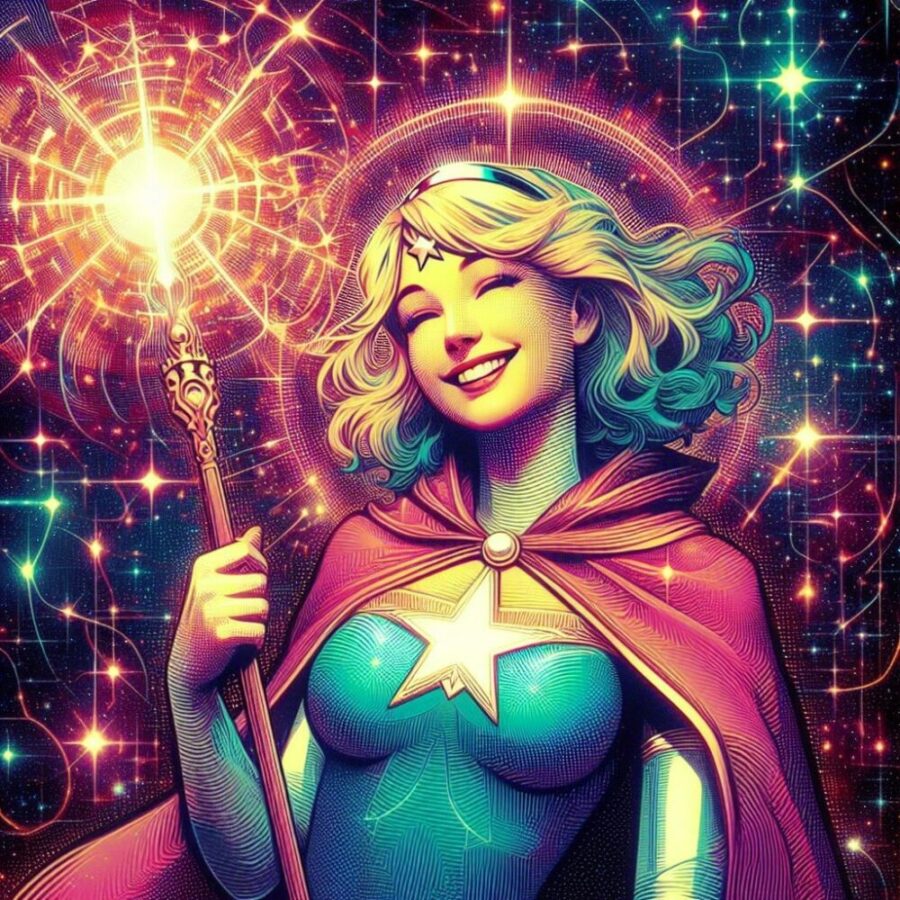
DALL-E
Courtney Whitmore, also known as Stargirl, is a teen superhero created by writer Geoff Johns in 1996. Stargirl became a popular character in the JSA comic book Johns wrote in the 2000s. Actress Brec Bassinger portrayed Whitmore in the show Stargirl for 3 seasons. Stargirl was created as a way for Johns to grieve over the loss of his 18-year-old sister Courtney Johns. She died in the explosion of TWA Flight 800 over the Atlantic Ocean in 1996. Johns named the character after his sister and imbued it with her personality.
Wolverine Was Modeled After an Actor in a ‘70s Hockey-Themed Comedy
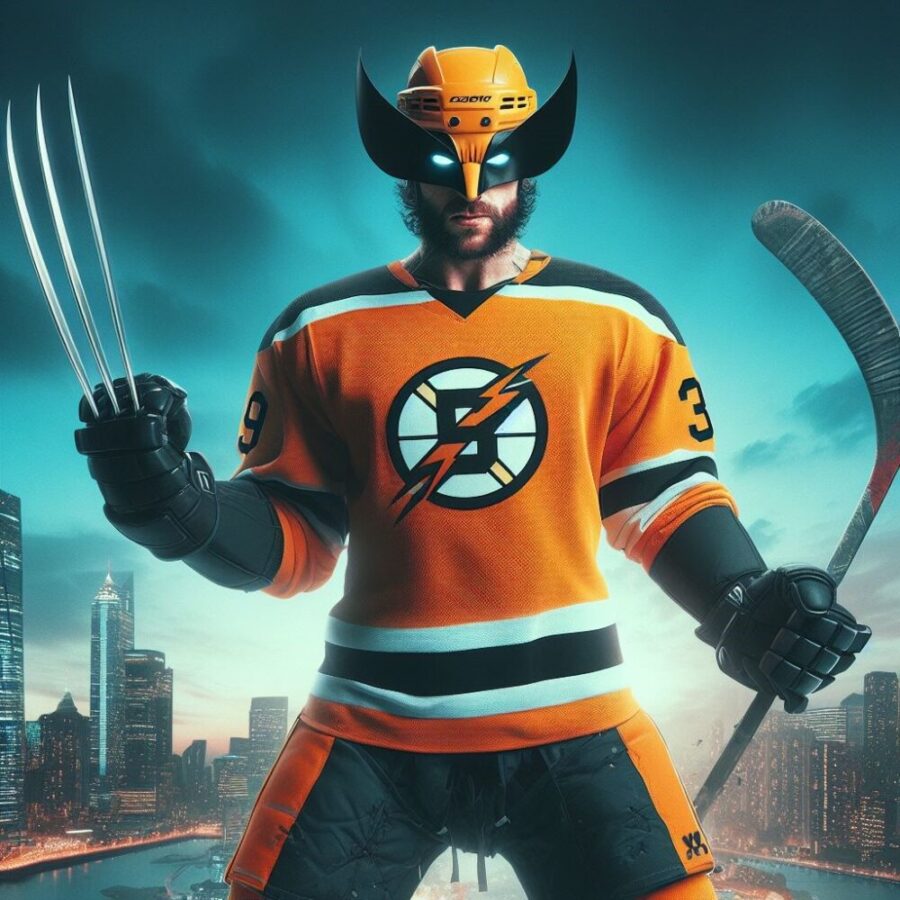
DALL-E
Wolverine is one of the most famous comic book characters ever. The character is a household name and made Hugh Jackman one too. However, there is one actor whose facial aesthetics are solely responsible for the creation of Wolverine – Paul D’Amato. Artist John Byrne modeled the face and sideburn muttonchops of D’Amato’s character Dr. Hook in the 1977 hockey comedy Slapshot. Although writer Len Wein co-created Wolverine with other creators in 1974, it was Byrne who solidified the iconic facial features of the character that survives today.
Dr. Strange Was Visually Modeled After 20th-Century Horror Icon Vincent Price
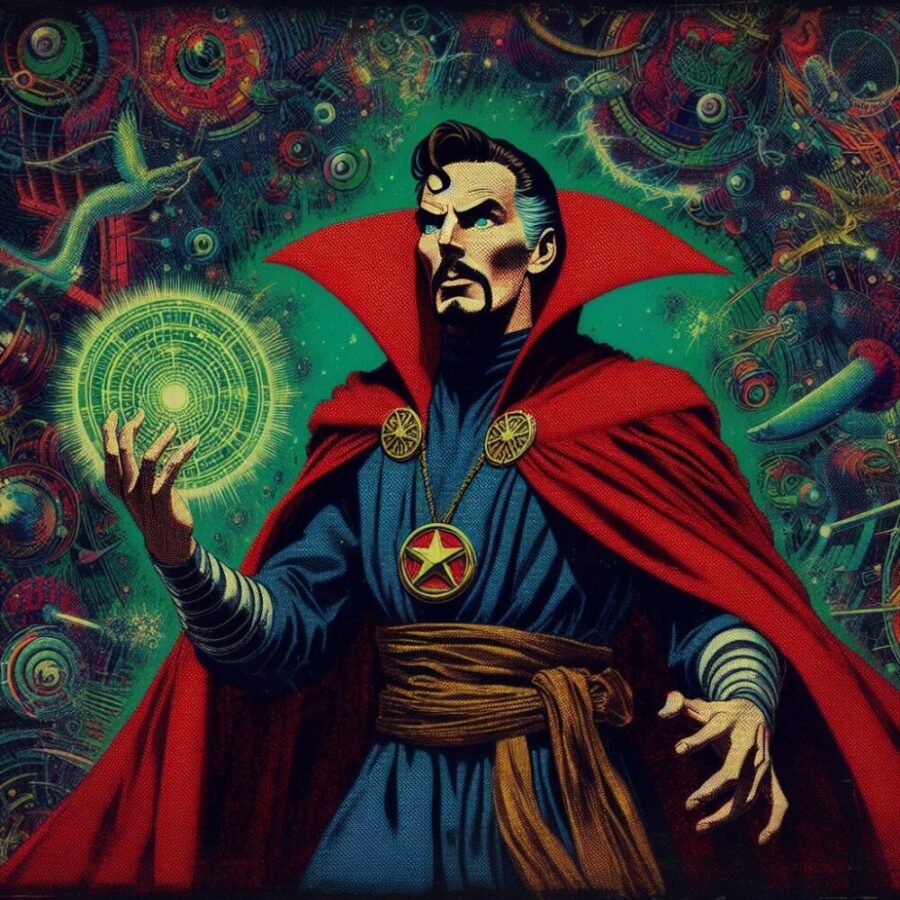
DALL-E
Benedict Cumberbatch is a famous actor who gained early notoriety starring as Sherlock Holmes on the BBC but became a household name after portraying Dr. Strange in the MCU. Dr. Strange was created in 1963 by writer Stan Lee and artist Steve Ditko. Ditko based the look of the character on actor and horror legend Vincent Price. 1960s Marvel Comics Dr. Strange had a head shape, pencil mustache, and passing resemblance so similar to Price that it can’t be denied.
All Comic Book Characters Are The Result of Inspiration

DALL-E
All comic book characters are created using the experiences, dreams, ideas, and inspirations of their creators. So, the next time you read a comic book and are struck by the facial features, mannerisms, or personality of the character, you may be recognizing the unknown influences of the creators.
Read More
Top 10 Unsung Heroes: Comic Book Writers That Never Got What They Deserved
The Top New Comic Book Artists of 2024 Who Are Redefining the Genre

Allen Francis is a full-time writer, prolific comic book investor and author of The Casual’s Guide: Why You Should Get Into Comic Book Investing. Allen holds a BA degree from Marymount Manhattan College. Before becoming a writer Allen was an academic advisor, librarian, and college adjunct for many years. Allen is an advocate of best personal financial practices including saving and investing in your own small business.




